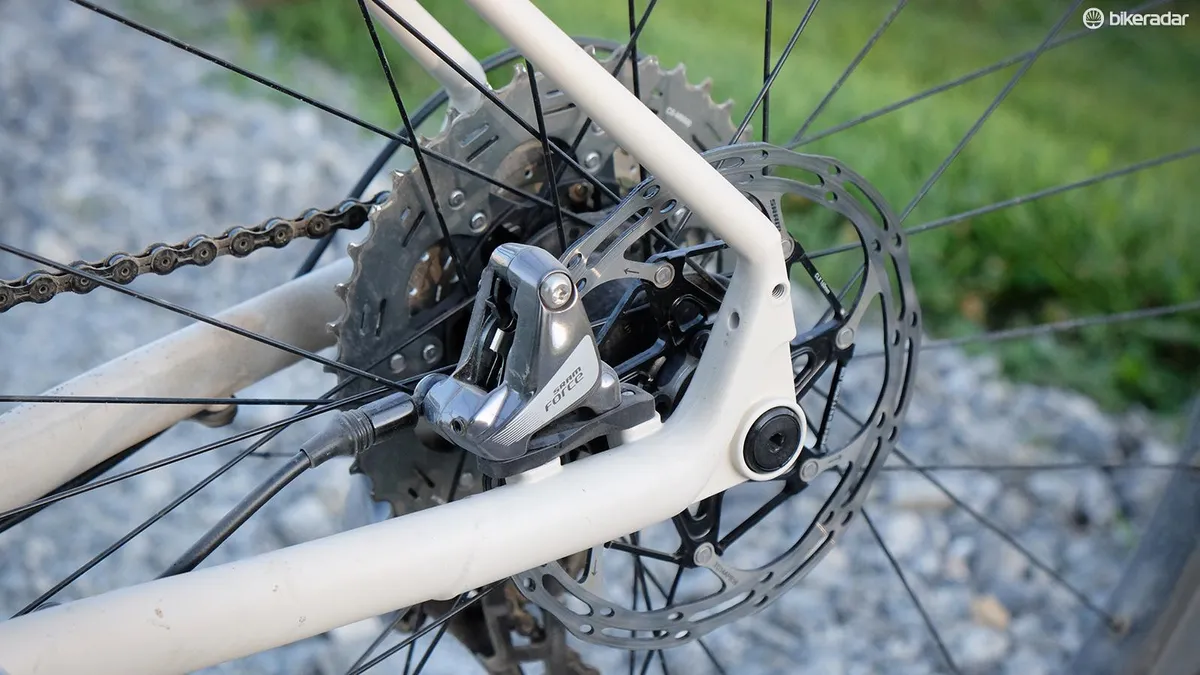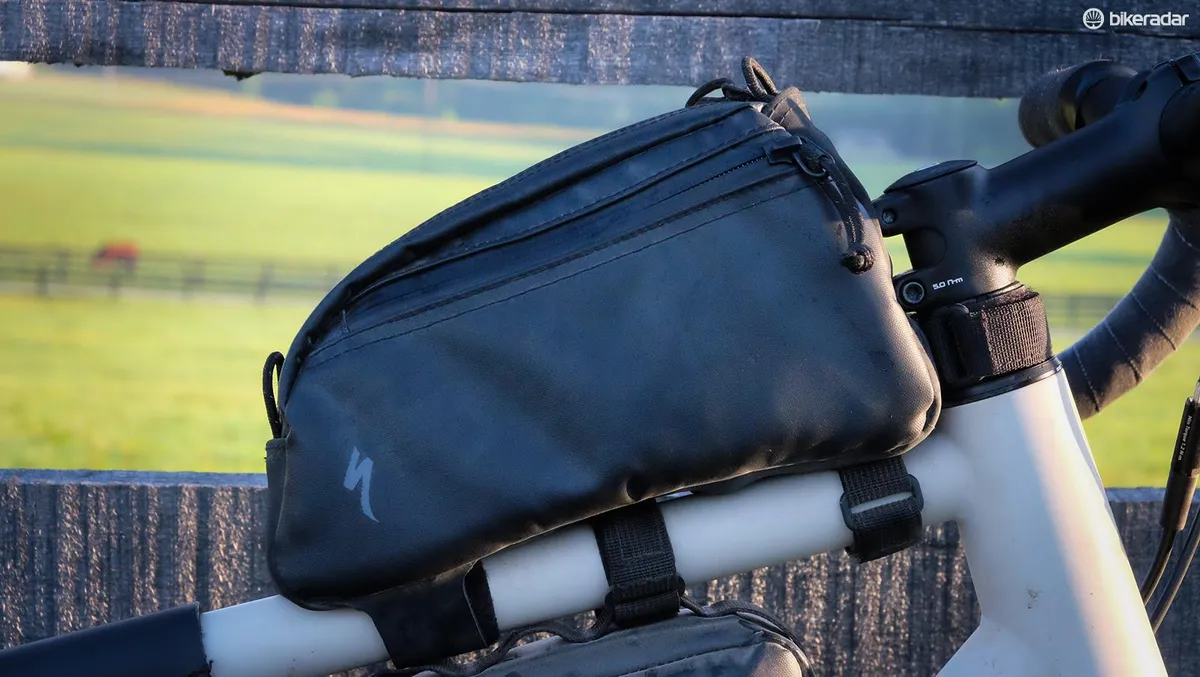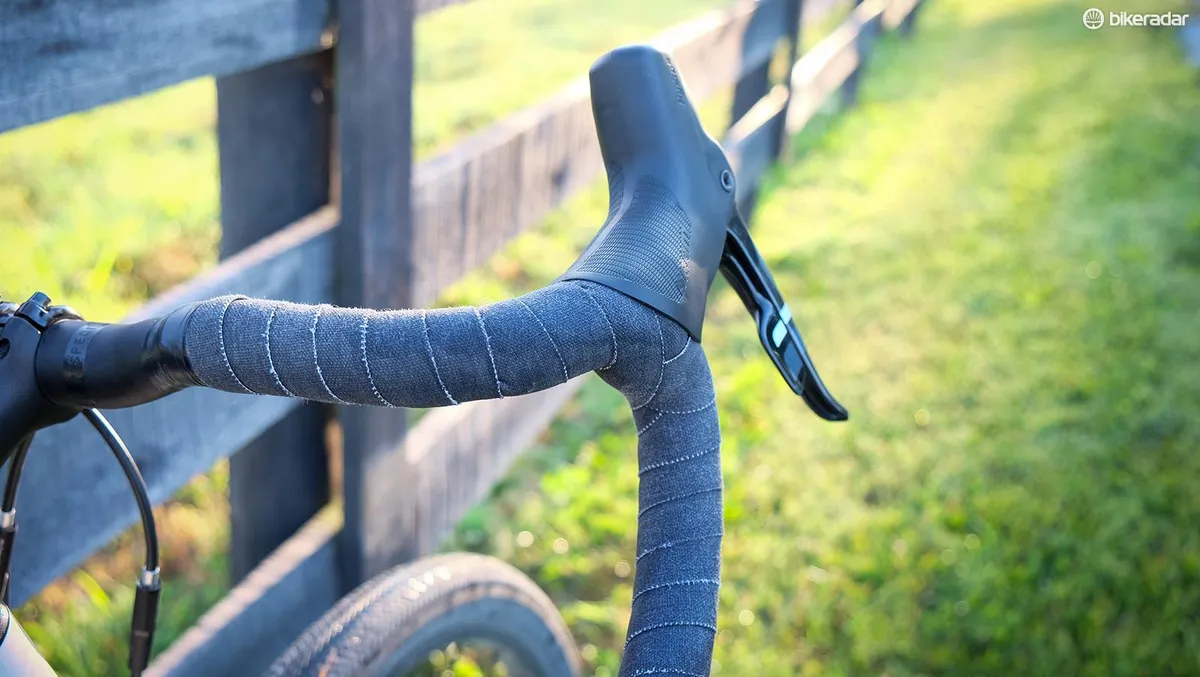The Specialized Sequoia began life in 1981 as a typical touring bike for the time. Over the next two decades it went through many variations, transitioning from a touring platform to a comfort road bike, before fading from existence. Specialized revived the name along with a bit of the original bike’s spirit in an adventuring touring bike fit for the 21st century.
On the road again

Unless you’ve been off the grid, it’s been hard to miss the fact that the cycling industry is deep in the throws of another love affair with loaded touring / bikepacking / adventure riding / amateur homeless personing.
The terms, along with the tech, are dramatically different from the bikes and gear used in the 1970s and early '80s. Specialized paid close attention to the direction this segment of the market is headed and have designed the Sequoia accordingly.

This isn’t Specialized’s first foray into the category. The Sequoia sits alongside the Diverge and AWOL in the company’s Adventure Collection. There’s a fair amount of overlap between these three models, particularly between ferrous-framed Sequoia and AWOL.
Where the AWOL caters to the rider looking to mix on- and off-road adventures, the Sequoia is targeted at riders primarily looking to cover pavement, dirt and gravel roads. The AWOL is designed around 29er mountain bike tires, while the Sequoia is designed to accommodate 700c tires up to 45mm wide or 650b wheels with 47mm-wide tires. All Sequoia models come with 700c wheels, but Specialized offers 650b hoops and tires for aftermarket purchase.

The Sequoia frameset is more refined than the AWOL. The frame is constructed from custom-drawn chromoly tubing to maintain ride consistency across all six sizes. Upfront there’s a tapered head tube and a full carbon fork with a 100x12mm thru-axle. The Sequoia gets a 142x12mm rear thru-axle as well.
Specialized’s designer Erik Nohlin sweat the details for this bike and it shows in the final product. The Sequoia is designed to be as versatile as possible.

The frame and fork have braze-ons galore for a wide range of rack, fender and bottle cage systems. There are also ports for dynamo light systems that also work as routing for Shimano’s Di2 electronic drivetrains.
North Carolina proving grounds

Specialized hosted a three-day product launch outside the bucolic town of Brevard, North Carolina. Nestled in the Blue Ridge Mountains, the region is a hotbed for mountain biking. We spent a fair amount of time riding the Sequoia on the singletrack that traverses the Blue Ridge Mountains and many lonely gravel farm roads.
The Sequoia isn’t as rangy as many other bicycles designed for touring, and in my opinion, that’s a good thing. The handling is still stable and predictable, but the bike didn’t feel ungainly when we veered off roads and onto the buff singletrack of DuPont State Forest. This is thanks in part to chainstays that measure in at 430mm – not as nimble as a cyclocross bike, but not ungainly long, either – and a snappy 71.5 degree head tube angle.
Our group didn’t carry much cargo with us, save for spare tubes, lunch and a few road beers stashed in Specialized’s new frame packs. The SRAM 1x11 drivetrain with a Shimano XT cassette (strange bedfellows, I know) proved suitable for the climbs during our partially loaded excursions.
For loaded touring, the stock 42t chainring would have been too tall. If you plan to use the Sequoia Expert for touring through mountainous terrain I recommend swapping it for a 40 or even a 38t chainring, depending on your load and level of fitness.

Two other components stood out to this tester.
First up, the Sawtooth tires are outstanding. They roll with haste and have more grip than any “slick” tire has a right to. Even on singletrack, the zigzag pattern bites and holds through turns far beyond the point I expected it to. The Sawtooth is tubeless compatible and uses Specialized’s Gripton rubber compound, which does a great job of balancing durability with grip. This is my new favorite multi-surface tire – well done, Specialized.

Second on the unique component list is the Specialized Hover handlebar. I came away with mixed feelings about this “road riser bar.”
The flared drops give the rider a wide stance that inspires confidence when speeding through corners on gravel roads or leaning the bike through singletrack turns.

The upside to the riser design is that it allows the rider to get a more upright position without resorting to an aesthetically unsettling stack of spacers or a riser stem. You could even #slamthatstem while keeping a realistic stack measurement.
The downside of the Hover’s design is that this rise significantly reduces the amount of usable real estate on the top of the handlebar – space that could be used for mounting accessories such as lights, bags or aero bars.
Of bikes and bags

Specialized used this launch to unveil its new line of bikepacking gear. While three days of riding isn’t long enough to say anything definitive about the durability of these new pack systems tested alongside the Sequoia, I came away with the impression that they were well-built and included useful features.

Unfortunately, the interaction between the partial frame pack and the frame left much to be desired. Even on the larger frame sizes there was significant interference between the bag and water bottles. This is often unavoidable on small frames, though other companies have designed around the problem on medium and larger frames. Additionally, if a frame bag is going to make it difficult to carry water bottles on the frame, then it should also be designed to carry a sizeable hydration bladder. We’re not camels, after all.
It might make sound business sense to design non-specific frame packs that can fit a wide range of frames, but they lack the refinement many riders have come to expect from Specialized. After all, this is the company that pushed the clever SWAT integration system.
There’s certainly precedence for bike companies developing a more specific approach to pack systems for their frames.
Take for example the strapless partial frame pack that Porcelain Rocket makes for Rocky Mountain’s Blizzard, or the frame pack it makes for the Sherpa. Salsa Cycles collaborated with Revelate Designs (formerly known as Epic Designs, but that’s a story for another day…) to offer frame bags specifically tailored not only for various models, but also for specific frame sizes.
This isn’t exactly a criticism of this pack or bike on their own, but there’s room for improvement in how they interact.
Verdict

The Sequoia Expert is ready to go anywhere the road takes you. It can be a lot of things to a lot of different riders and is easily adapted to your specific needs. The Sequoia could be configured for all-weather commuting, mixed surface exploration, or even transcontinental touring.









